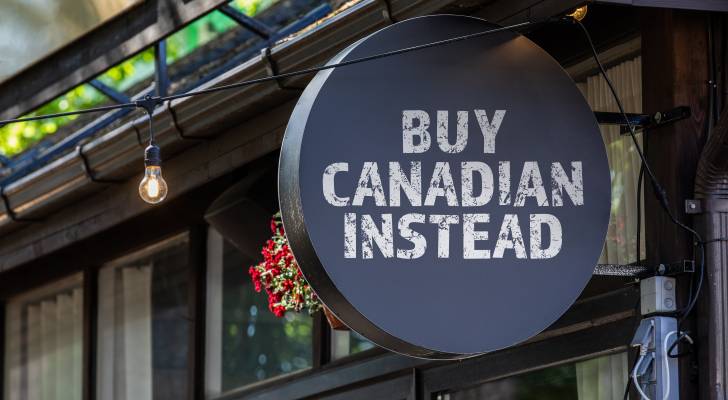Watch out GTA commuters: Dell and Questrade join the list of companies with back-to-office mandates in 2025

The return-to-office (RTO) movement is accelerating across Canada in 2025, with major corporations like Dell and Questrade rolling out RTO orders that are reshaping the work-life balance for thousands of employees. Companies such as Amazon, JPMorgan Chase, Dell Technologies and the Canadian federal government are pushing for increased in-office presence, leaving many workers scrambling to […]
Over three quarters of Canadians concerned about retirement thanks to inflation

Three quarters of Canadians (76%) are worried they will not have enough money in retirement because of rising inflation. This is according to BMO’s 15th annual retirement survey, which also found 63% of Canadians believe rising prices over the past 12 months have limited their ability to save for retirement. "Many Canadians continue to show […]
Canadians open to buying local — But not when it comes to streaming services

Canadians may be increasingly open to substituting American products with domestic alternatives, according to a recent Léger poll, their loyalty to US-based streaming services, such as Netflix, remains strong. Whether it’s a perceived lack of alternatives, or loyalty and comfort with existing streaming platforms, Canadians aren’t rushing to tell their neighbours to the south to […]
Our comprehensive guide to Canadian-owned and -made pet foods

Trump’s tariff trade wars are all over the news, and you’re determined to shop Canadian. Well, you’ll be happy to hear that your furry family members can do their part. We’ve put together a comprehensive list of Canadian pet food brands that make it easier to make the switch. To be considered for this list, […]
GST/HST holiday yields minimal sales boost for small businesses

A federal tax break meant to help Canadians with rising costs and boost consumer spending had little impact on small businesses, according to the Canadian Federation of Independent Business (CFIB). The GST/HST holiday, which ran from December 14, 2024, to February 15, 2025, removed sales tax from select essentials such as children’s clothing and baby […]
BC government scraps $1,000 grocery rebate, citing US tariff threats — What it means for residents

In a significant policy shift, the British Columbia government has announced the cancellation of its proposed $1,000 grocery rebate. This decision comes in response to the looming threat of substantial US tariffs on Canadian goods, a move that has prompted the province to reassess its fiscal strategies. Origin of the grocery rebate The grocery rebate […]
Ontarians concerned over US tariffs’ impact on provincial economy

Over 70% of Ontarians are concerned about the potential economic impact of proposed US tariffs on the province, a recent Nanos survey reveals. These tariffs, introduced by President Donald Trump, aim to impose a 25% levy on Canadian imports, excluding oil, which faces a 10% surcharge. In response, Canada plans to implement retaliatory tariffs on […]
Top 10 cheap hotels in Toronto

Toronto’s popularity with international and domestic travellers continues to grow for good reason. Home to world-class museums, culinary delights, engaging festivals, family-friendly outings and iconic attractions, the friendly and safe city offers endless opportunities for exploration. Best of all, while it may have an (often well-earned) reputation as being a pricey metropolis, it does have […]
Buy Canadian: There’s an app for that

The threat of tariffs being placed on Canadian goods heading to the US has plagued Canadians. There’s ongoing insecurity and concern over what it will mean for our economy and what power and control we have as citizens over any of it. Though we are a country known for our congeniality and apologetic nature, an […]
Half of Gen Z Canadians want a prenup

A new TD survey found 52% of Gen Z Canadians want their partner to sign a prenup if they get married or enter a common-law relationship. This is much higher than the national average of 31%. "We know that finances can be a big stressor in relationships and are clearly on the minds of many […]